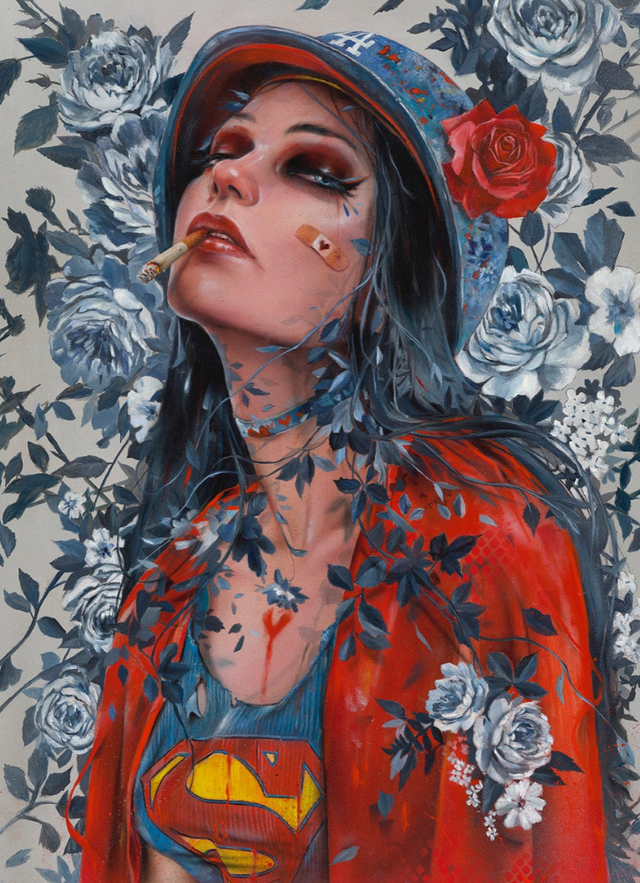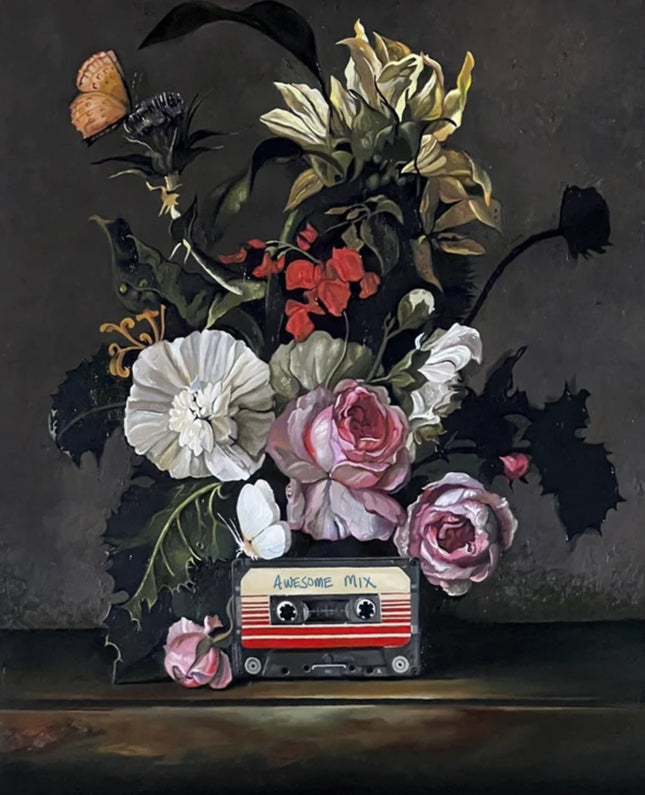
Emblematic Roses in Street and Pop Art
Roses have a long-standing place in the annals of art history, symbolizing a myriad of themes from love and beauty to pain and politics. In street pop art and graffiti, roses blossom as a potent symbol. Street artists and pop artists appropriate the rose's iconic imagery, infusing it with contemporary meaning and using its visual appeal to engage a broader audience.
Subversion and Reclamation
Within street art, roses often appear in unexpected places, subverting their traditional associations with romance and delicacy. Graffiti artists have been known to paint roses on dilapidated urban surfaces, reclaiming the beauty of neglected spaces and prompting viewers to find beauty in the unconventional. The contrast between the rose's natural elegance and the rough urban canvas underscores a dialogue about the juxtaposition of nature and urban decay.
Roses in Pop Art
Pop art has seen artists like Andy Warhol and Roy Lichtenstein incorporate roses into their works, using bold colors and graphic lines to transform the flower into a symbol of mass culture and consumerism. These roses are stripped of their softness and reimagined as emblems of the manufactured and the commodified, reflecting pop art's critique of contemporary society.
Modern Interpretations and Cultural Commentary
Modern street pop artists continue to explore the rose in their work, often imbuing it with cultural commentary. Roses may be depicted alongside popular culture icons or used to make statements about social and political issues, harnessing the flower's universal symbolism to convey more profound messages.
Techniques and Mediums
The depiction of roses in street pop art and graffiti employs various techniques and mediums. From stencil art to freehand spray paint and even digital projections, the rose adapts to the diverse methods of the street art genre. These techniques allow artists to render the rose in ways that can be either hyper-realistic or highly stylized, depending on the intended effect and the artist's style.
The Rose's Future in Art
As street pop art and graffiti flourish, the rose's place within these movements is assured. It remains a versatile symbol that can convey a spectrum of messages and emotions, from the personal to the political. As artists evolve and new voices emerge, the rose will likely continue to unfurl new meanings and interpretations.

